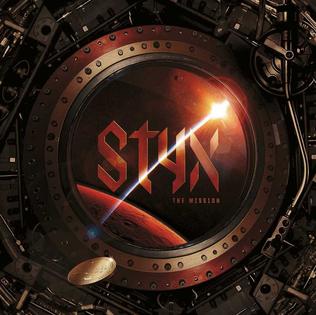The return
How does one return from a place that feels right, to a world in which so little makes sense?
How does one move from the lichens and moss underfoot to the lifeless barrier of concrete?
How does one block, filter, and shut-out the city when the sounds of the wilderness are all wanting to be heard?
This transition, this return to the complex, human-crafted world is not easy when the one at the end of the lake and up, into the mountains is what feels natural and life giving.

 I am of that generation that yet cherishes the physical representation of music in vinyl and CD form. I listen to albums, not songs, enjoying the story as it was designed to unfold. As long as I was visiting, I walked the CD isle at Best Buy to see if there was anything new of interest.
I am of that generation that yet cherishes the physical representation of music in vinyl and CD form. I listen to albums, not songs, enjoying the story as it was designed to unfold. As long as I was visiting, I walked the CD isle at Best Buy to see if there was anything new of interest.